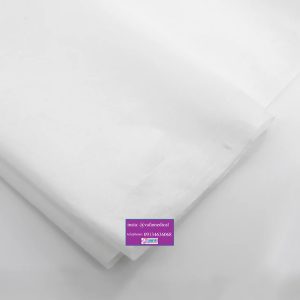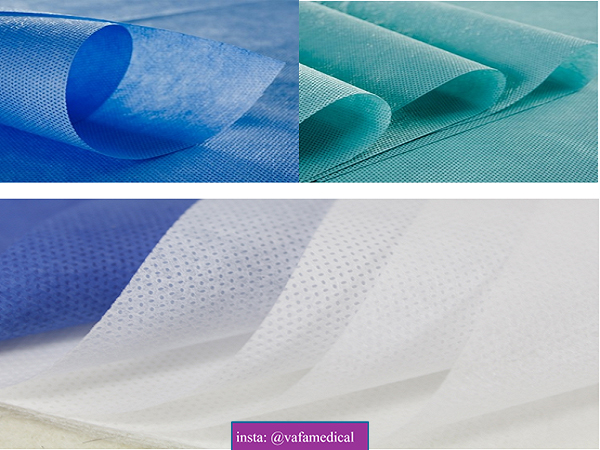The comfort level of disposable sheets can vary depending on several factors, including the material used, the intended purpose of the sheets, and individual preferences.

In contexts where disposable sheets are primarily used for hygiene and protection, such as medical settings or beauty salons, comfort may not be the foremost consideration.
Instead, these sheets are often chosen for their durability, fluid resistance, and ease of disposal. In such environments, the focus is on functionality rather than comfort.
However, in settings where disposable sheets come into direct contact with the skin, such as bedding or massage tables, comfort becomes more relevant.
Manufacturers may prioritize the use of softer materials or incorporate features like embossing to enhance the tactile experience.
For example, disposable sheets used in spa treatments or massage therapy sessions are often designed to provide a comfortable and relaxing experience for clients.
The comfort level of disposable sheets can also be influenced by individual preferences. Some people may find certain materials more comfortable than others, while others may not notice a significant difference.
Additionally, factors such as temperature, humidity, and the length of time the sheets are used can impact perceived comfort.

Furthermore, advancements in material technology have led to the development of disposable sheets that offer improved comfort without sacrificing functionality.
For example, breathable materials that wick away moisture can help maintain a comfortable sleeping environment, while soft and plush disposable sheets can enhance the comfort of massage tables or treatment beds.
Overall, whether disposable sheets are comfortable depends on various factors, including their material composition, design features, and the specific context in which they are used.
While comfort may not always be the primary consideration for disposable sheets, manufacturers continue to innovate and improve their products to meet the diverse needs and preferences of consumers across different industries.
Moreover, the perception of comfort can be subjective and influenced by individual sensitivities and preferences. While some people may find certain disposable sheets comfortable, others may have different experiences based on factors such as skin sensitivity or personal texture preferences.
In recent years, there has been a growing awareness of the importance of comfort in disposable products, driven by consumer demand for enhanced user experiences.
Manufacturers have responded by investing in research and development to create disposable sheets that prioritize both comfort and functionality.

This includes the use of softer and more tactile materials, as well as innovative design features aimed at improving overall user comfort.
Additionally, the hospitality and travel industries have recognized the significance of providing comfortable bedding and linens for guests, even if they are disposable.
Disposable sheets used in hotels, airplanes, and other accommodations are often designed with comfort in mind, featuring softer textures and breathable fabrics to enhance the sleeping experience.
In conclusion, while comfort may not always be the primary consideration for disposable sheets, it is an important factor that can influence user satisfaction and overall product performance.
By continuing to innovate and prioritize comfort in disposable sheet design, manufacturers can meet the evolving needs and expectations of consumers across various industries.




